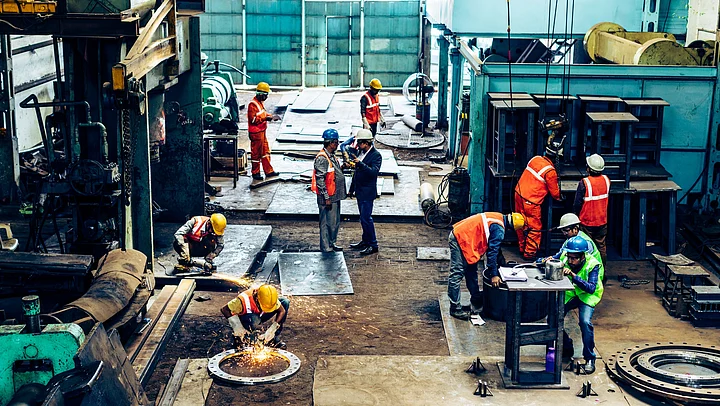A resounding message from India’s G20 presidency, and one that the country reinforced at COP28 (Conference of Parties) is that of prioritising the needs of the Global South. While India is keen to position itself as a leader of the developing world, it needs to back its intent with action. Instead of only focusing on partnerships with the developing world, India could use existing ties with Global North countries to serve as a bridging power in triangular arrangements.
India’s foray into triangular cooperation extends to the Indo-Pacific, Africa, and Latin America on projects including healthcare, climate adaptation and mitigation, food security, and digitalisation. However, there is scope for India to scale up and institutionalise this model to become a key partner in global developmental cooperation.
Triangular Cooperation and Partnerships
Global governance tends to be disproportionately influenced by institutions and agendas established by developed countries. However, as the pandemic has highlighted, these international systems of governance are not necessarily equitable or effective, particularly to the needs of the countries that need the most assistance. An increasing tendency towards protectionism compounded by global geopolitical tensions has meant that there is an emerging gap in the Northern leadership in addressing global challenges.
India could seize the opportunity, by leveraging successful domestic initiatives to help other nations better address these challenges. Developing countries face similar socio-economic contexts, which make Indian technology, policy, and financial innovations more effective than solutions from the North.
Triangular cooperation involves partnerships between developing countries with the support of a developed country or multilateral agency. This form of engagement moves away from donor-recipient models of North-South cooperation while reasserting the responsibilities of richer countries toward development. Cooperation happens horizontally, with a greater emphasis on the recipient country's needs. Triangular arrangements facilitate the transfer of appropriate and inexpensive technology to developing countries by leveraging the greater institutional and financial capabilities of developed countries.
India is no stranger to triangular cooperation, having facilitated regional infrastructure projects with the US in the 1950s. More recently, India has entered into triangular partnerships with the United Kingdom, the United States, Japan, and Germany.
India actively works with the United Nations on South-South development, being one of its largest financial donors. India has also created platforms such as the International Solar Alliance (ISA) and the Coalition for Disaster Resilient Infrastructure (CDRI) in partnership with developed countries to facilitate projects in developing countries along with private and civil society participation.
India Should Aim to Design Long-standing Developmental Assistance Projects
However, quantifying the full extent of India’s engagement in triangular arrangements is difficult, as it does not specifically report projects under this label. Further, the projects that are carried out tend to be fragmented and one-off, with little documentation of success stories, standards of implementation, and learnings that can be replicated in other contexts.
Plans such as the Asia–Africa Growth Corridor (AAGC) with Japan attract global attention and signal to the world the willingness for India’s development in the Global South with its partners. Projects envisaged under these frameworks have not taken off and these agreements often remain pipedreams. If such plans fail to produce tangible results, it may reflect poorly on India’s future cooperation potential.
For India to be a pivotal partner that offers innovative solutions to pressing challenges, it needs to create dedicated domestic institutions for international cooperation and improve on existing channels of global technology and knowledge transfer. There needs to be systematic monitoring and evaluation of projects and standardisation of documentation, technology, and financial models. India should aim to design long-standing developmental assistance projects by creating centres of excellence in recipient countries.
At the 2023 Voice of the Global South summit, PM Modi announced the intention to build a Global South Centre of Excellence. This centre is intended to bring together the best practices and solutions from Global South countries for exchange, collaboration, and learning. These centres should include private, public, and civil society organisations. Establishing such forums, which allows a transnational exchange of ideas, innovations, and practises; while also making it easy to facilitate partnerships.
The time is now for India to demonstrate that it has a role to play in facilitating progress across the Global South. India can act as an effective bridge between the North and South towards a better global development regime. To do so, the country must build domestic institutions and mechanisms that can sustain long-term strategic relationships with donor and recipient countries.
(Pooja Ramamurthi is an Associate Fellow at the Centre for Social and Economic Progress [CSEP]. The views expressed are the writer's own and not those of CSEP. This is an opinion piece and the views expressed above are the author’s own. The Quint neither endorses nor is responsible for the same.)
